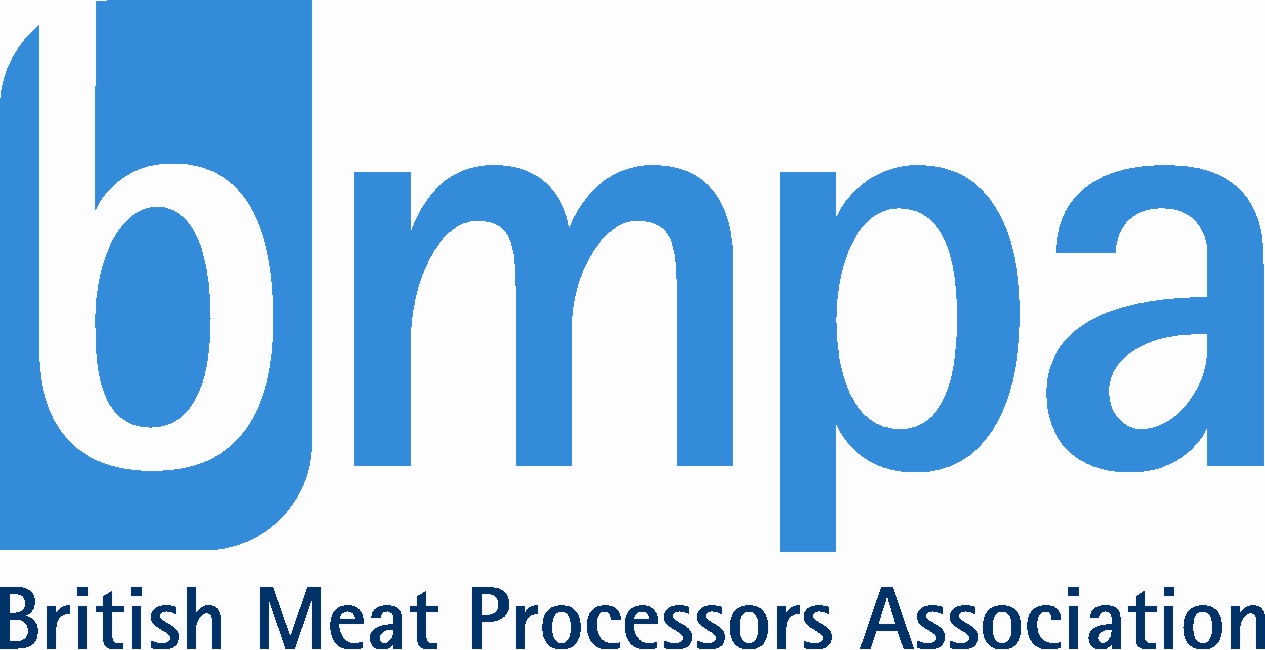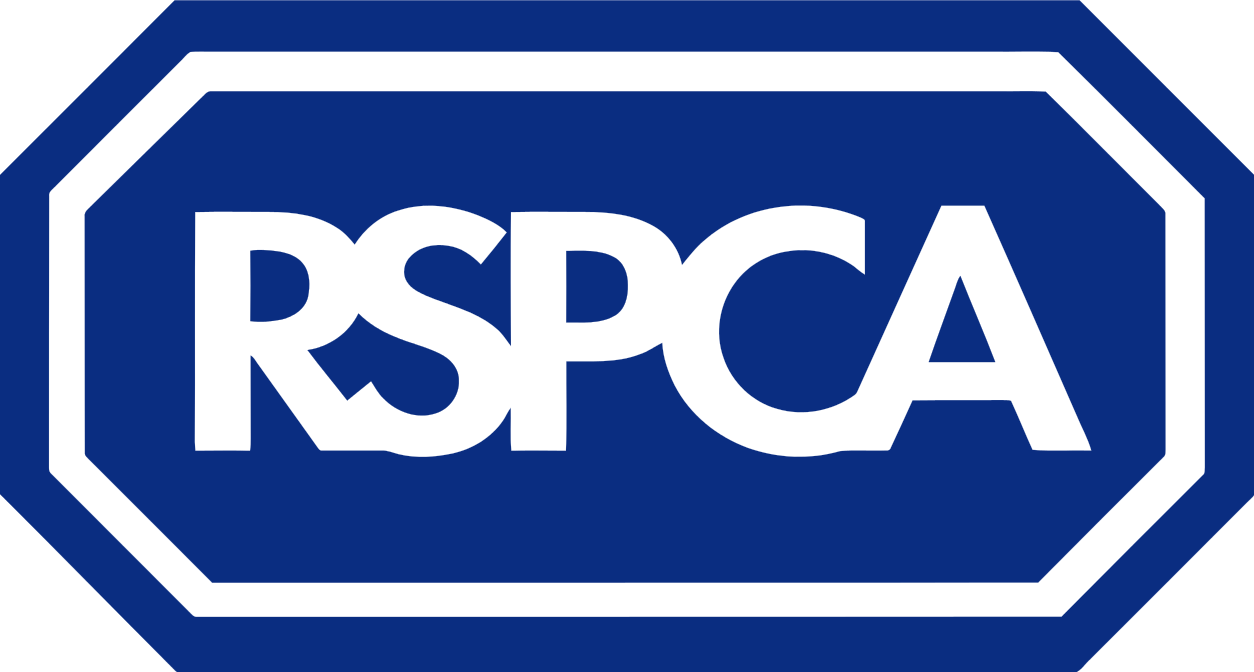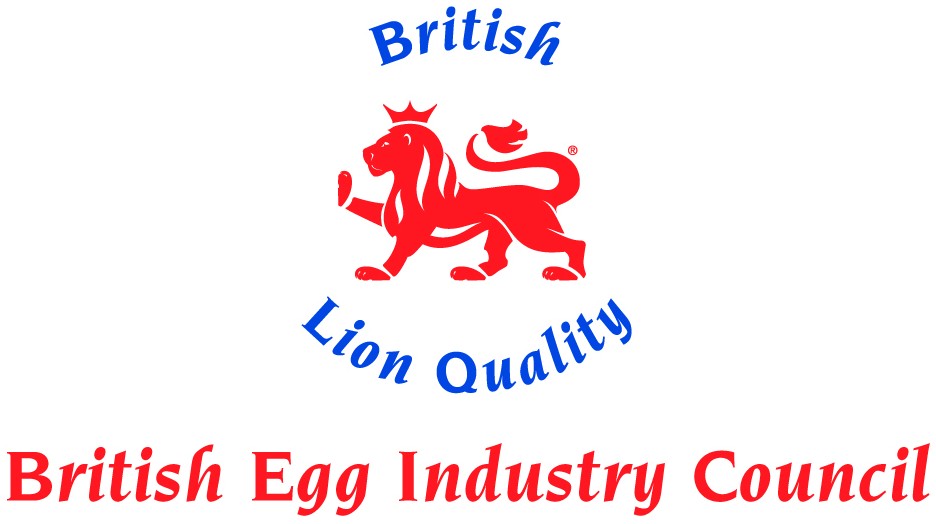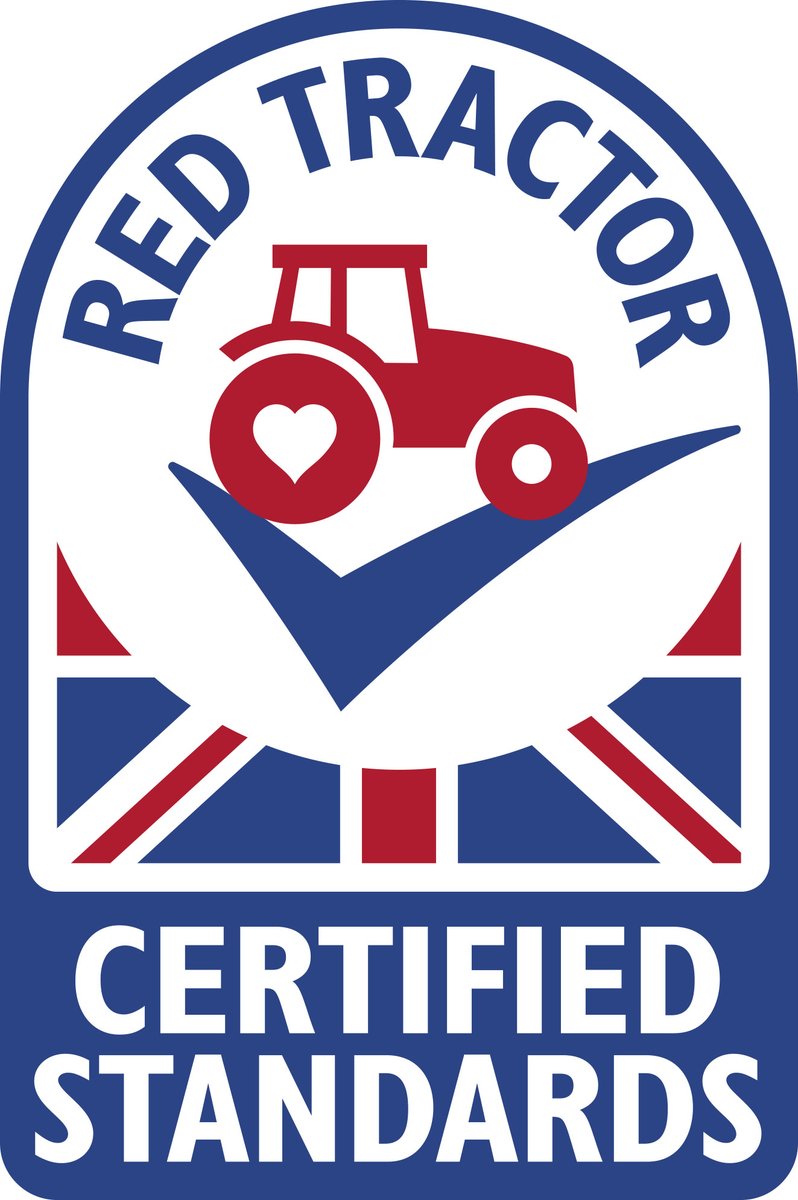Goals & Infrastructure of the RUMA Targets Task Force
The goal of the Targets Task Force (TTF)
The goal of the TTF has been to respond to the Lord O’Neil report to the UK government on AMR and its recommendation to identify realistic, evidence-based goals for the UK agriculture industry. The creation and roll out of the first set of sector specific targets through the RUMA Targets Task Force, published in 2017 and running to 2020, helped focus activity across the UK livestock sectors to achieve a 52% reduction in antibiotic use since 2014. Highest Priority Critically Important Antibiotic (HP-CIA) sales for UK food producing animals have also fallen 79% since 2014, and sales of colistin are virtually nil.
The second phase of RUMA TTF targets (2021 – 2024) shows the ongoing livestock sector commitment to further reduce use where this is sustainable. As a result, only 26% of all the antibiotics used in the UK, are now used in the billion plus poultry birds, laying hens, sheep, cows, pigs, fish and game produced to feed the nation, and for export. This is a downward shift of about 12% since 2014. Levels of antibiotic resistance found through Government monitoring and surveillance are also stabilising and falling in parallel to the reductions in use.

The infrastructure of the RUMA Targets Task Force (TTF)
The ‘infrastructure’ of the TTF is key to driving the best possible outcomes. It comprises a specialist vet and leading farmer or sector representative for each key UK livestock group and they act as the contact point for each of the represented sectors. The group also comprises industry observers such as VMD, NOAH, FSA and AHDB. Collaboration underpins everything that the TTF does; there is shared responsibility with shared experiences of the journey so far. The TTF represents an important ‘coming together’ and ‘collective responsibility ethos’ with a recognition that a ‘one size fits all’ approach is neither possible nor appropriate. Benchmarks are set and owned by each of the sectors with recognition that each sector has individual challenges and that reductions should be sustainable. Each sector is at different stages of the AMR journey with different usage levels and varying levels of relevant data available. Giving each sector autonomy to define the right targets for their areas with engagement from the relevant stakeholders, has been key to some of the significant early successes that have been achieved through this voluntary mobilisation across the UK livestock sectors.
The first set of targets issued in 2017 created in this collaborative, sector relevant way, became the industry roadmap and focus for everyone along the supply chain across each of the sectors. The TTF defined 40 sector-specific targets for responsible stewardship of antibiotics to be achieved across nine different livestock sectors by 2020. Last year the latest set of targets up to 2024 was released.
The importance of data
What has become clear since the inception of the TTF infrastructure, is the crucial role that data plays in shaping the targets and tactics in the journey towards achieving them. High levels of data capture clearly correlate with positive progress on reductions. Data helps everyone understand where sectors are right now, usage levels, hotspots, tracking progress towards targets and helps drive informed decisions and engagement. All sectors work incredibly hard to gather data, but there are many constraints and limiting factors which mean this will take more time in some sectors than in others. For example, where industries are bigger, more extensive and complex such as ruminant sectors, data gathering is naturally a bigger challenge and building the right data capture mechanisms is more demanding. Whereas, in other sectors with fewer limiting factors, such as pig and poultry, comprehensive data gathering has had a real and tangible beneficial impact on progress and engagement.
A key component on data gathering and recording has been embedding building blocks that provide a unified approach and a common language across all sectors. Rules have been developed for each sector to enable consistent data recording methodologies; this ensures that data is comparable across sectors using a consistent language through which antimicrobial usage can be recorded, used, and shared across the diverse stakeholder groups.

SIGN UP TO THE MONTHLY E-NEWLSETTER FROM RUMA
RUMA Members


























